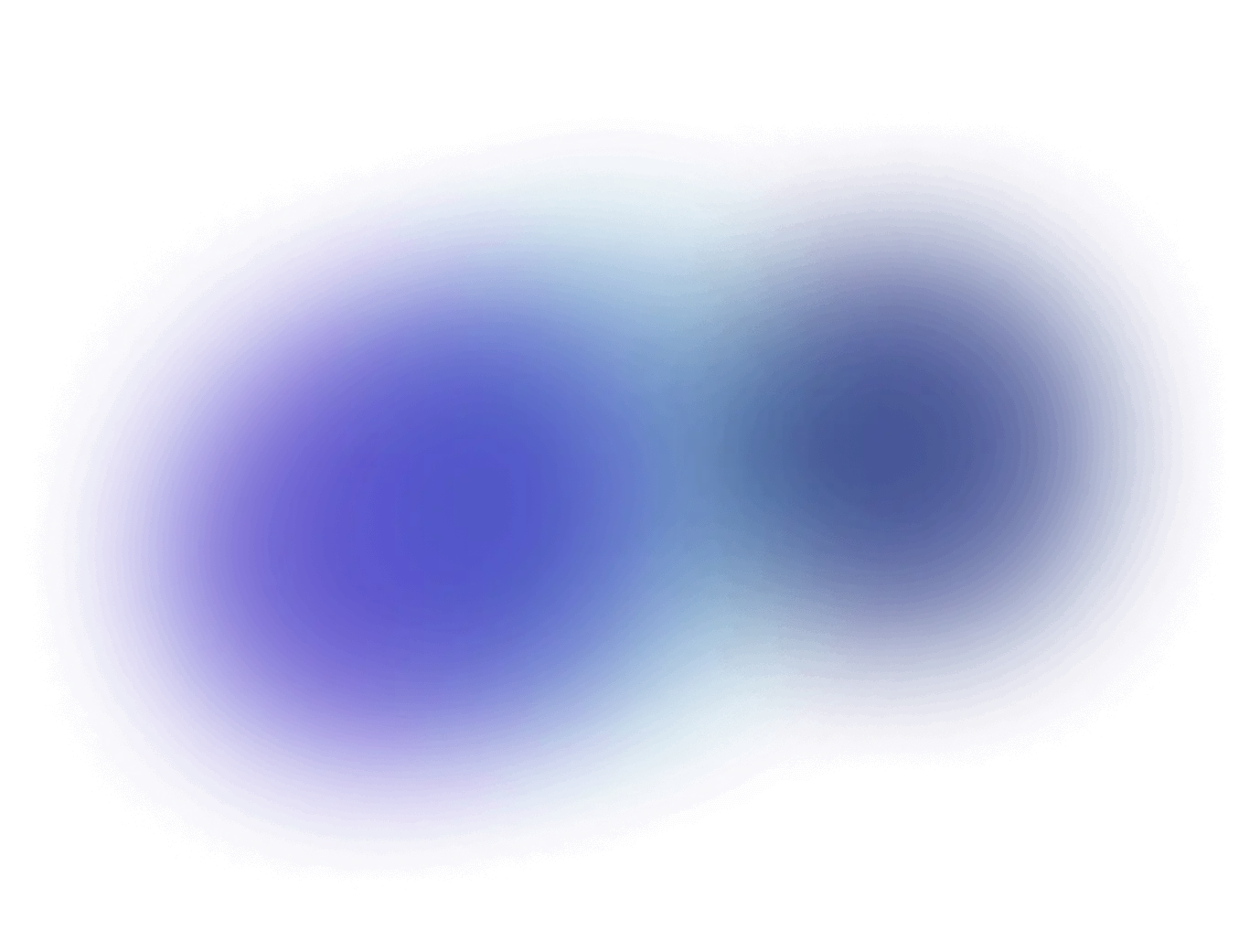Hypervisor

A hypervisor is a software or hardware tool for creating and managing virtual machines on the same physical hardware.
Classification
Hypervisors are divided into 3 categories:
- Standalone. Contains all necessary drivers inside and does not depend on the underlying operating system. The most famous representatives: VmWare ESXi, Citrix XenServer.
- Software. Installed as software on an already running server operating system. Works with hardware resources at the OS level, for example, VirtualBox, VmWare Workstation.
- Hybrid. As the name implies, it is a consolidation of the above two types. The first part controls the processor and RAM, and the second part is the service OS.
Architecture
Hypervisors are also divided into two types of architectures. Monolithic is a single system with a bundled driver package. They are more productive and reliable than micro-kernels. Among the disadvantages, however, is that the absence of any hardware component in the hypervisor compatibility matrix results in having to manually search for drivers.
The microkernel architecture separates the hypervisor and the drivers.
Benefits
Using virtualization in a company’s infrastructure has the following benefits:
- The ability to share the physical resources of a single server across multiple virtual machines. They are isolated from each other at the hypervisor level.
- Combining disk space into a single virtual pool for guest operating systems to work with it.
- The possibility of more efficient use of hardware resources through oversubscription.
- Increase information security by isolating VMs. If one of them is hacked or infected, the administrator simply shuts it down almost instantly, which prevents further threats.
- A single window for managing virtual machines.